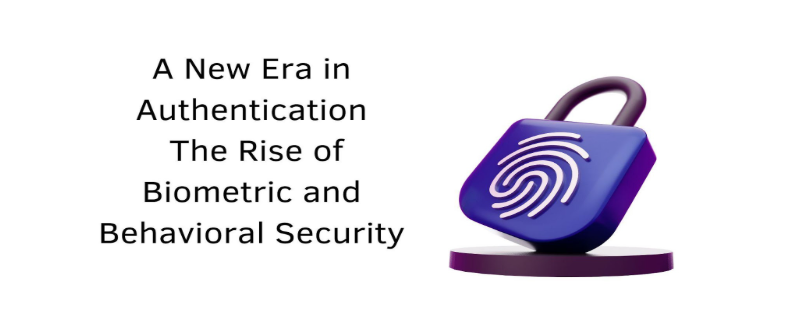In this digital era, safeguarding identities has become paramount as traditional password-based systems buckle under the pressure of advanced cyber threats. Sharath Chandra Thurupati‘s recent exploration into biometric and behavioral authentication highlights a transformative leap in cybersecurity. These innovative methods, rooted in physical and behavioral biometrics, bolster security and enhance user experience. By addressing vulnerabilities and embracing advanced authentication, a more secure and seamless digital future is within reach.
The Fall of Password-Only Systems
Traditional authentication systems reliant on passwords have proven to be a weak link in the cybersecurity chain. Vulnerable to phishing, brute force, and social engineering attacks, these systems often leave users and organizations exposed. The ease of cracking or misusing credentials exacerbates the problem, calling for a departure from reliance on memory-based security.
Biometric Authentication: A Personal Approach
Biometric systems utilize unique physical characteristics such as fingerprints, facial features, and iris patterns to authenticate identity, offering robust protection against traditional cyber threats. Their immutable nature makes them highly resistant to replication or compromise. Innovations like 3D mapping in facial recognition have significantly improved accuracy while countering spoofing attempts. Similarly, multi-spectral imaging in fingerprint sensors enhances security by capturing detailed and reliable data. These advancements ensure that biometric systems deliver superior accuracy and reliability without sacrificing speed or user convenience, setting a new standard in secure authentication.
Behavioral Biometrics: Continuous and Contextual
Behavioral biometrics take authentication a step further by analyzing unique user patterns like typing rhythm, mouse movements, and gait. Unlike traditional methods, these technologies offer continuous, real-time authentication, monitoring user interactions for anomalies. This passive yet proactive approach adds a critical layer of security, capable of detecting unauthorized access even after a legitimate login. By focusing on subtle, individualized behaviors, behavioral biometrics provide a seamless and adaptive defense, ensuring enhanced protection without disrupting the user experience.
Integration into Multi-Factor Authentication
Integrating biometrics with traditional multi-factor authentication (MFA) creates a robust, layered defense system that significantly enhances security. By combining methods such as fingerprint scans with behavioral biometrics like typing pattern analysis, these systems make unauthorized access exceptionally challenging for intruders. This multifaceted approach leverages the unique strengths of each authentication method, offering comprehensive protection. Moreover, it aligns with user expectations for streamlined and non-intrusive verification, ensuring a seamless experience while maintaining the highest security standards. This blend of security and usability is redefining authentication frameworks.
Advancing Security: Overcoming Challenges
While biometric and behavioral authentication offer tremendous potential, they are not without challenges. Privacy concerns loom large, as biometric data is deeply personal and sensitive, requiring robust encryption and adherence to global data protection regulations. Ensuring this data remains secure and inaccessible to malicious actors is paramount. Moreover, achieving consistent system accuracy across diverse environments, such as varying lighting conditions or user behaviors, challenges developers. Addressing these hurdles is crucial to unlocking the full potential of these transformative technologies.
Applications Beyond Security
Biometric and behavioral authentication systems are revolutionizing user experience by going beyond traditional security measures. By eliminating the need for complex passwords, these technologies reduce user frustration and enhance convenience. In sectors like finance and healthcare, where frequent authentication is critical, their ability to provide swift and secure verification transforms workflows. This not only improves operational efficiency but also boosts user satisfaction, making these advanced systems indispensable in high-stakes, high-frequency environments.
Future Directions in Authentication Technology
The future of biometric and behavioral authentication holds immense potential, driven by advancements like DNA-based authentication and AI-powered behavioral analysis. These cutting-edge technologies are set to redefine security, offering unprecedented accuracy and adaptability. Context-aware systems add another layer of sophistication, dynamically adjusting security measures based on user activity, location, and device context. This evolution ensures that authentication remains one step ahead of emerging cyber threats, creating a flexible, robust, and intelligent framework for digital security.
In conclusion, Sharath Chandra Thurupati‘s work emphasizes the transformative potential of biometric and behavioral authentication in creating secure, user-centric systems. Organizations can build a resilient cybersecurity framework by addressing current challenges and leveraging advancements. As these technologies mature, their integration will redefine identity management and ensure a safer digital ecosystem.



































